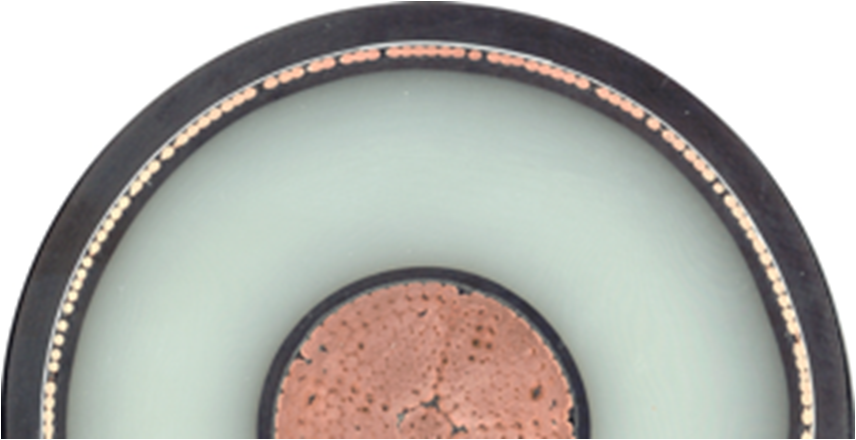A smart grid is designed to support optimal power flow through the use of control strategies for transmission link limits and reliability levels. An important requirement is to identify and monitor diagnostic markers that indicate the insulation condition of HV and MV apparatus.
Partial Discharge (PD) detection and analysis has been widely recognised as a powerful tool to detect electrical degradation in transformers, cables, rotating machines and switchgears. Through the analysis of Partial Discharges it becomes possible to plan corrective actions only when they are required, minimising maintenance costs and reducing the risk of unexpected equipment failure.
This capability, when integrated with proper communication tools, allows for a bi-directional flow of information between grid apparatus and SCADA centres to minimise power outages – improving power quality, reliability, and efficiency.
When considering the implementation of a PD detection system (usually across a network and several devices) the following requirements should be considered to maximize the benefits of this significant capital investment:
- Select a system that monitors online – avoiding the need to take apparatus out of service to check for defects.
- Ensure the PD system is smart enough to not only differentiate between signals/noise, but to guide diagnosis. PD that is unexplained is interesting but not much better than noise.
- Systems that trigger alarms on noise reduce reliability. Choose an intelligent PD system.
- Use the same PD acquisition unit for each different asset type. Different sensors can be used for different equipment types. A common analysis approach simplifies interpretation and comparison.
- The PD acquisition system should allow additional diagnostic markers, (e.g., DGA, DTS or RTTS) to be easily integrated with PD in order to attain a complete system diagnostic.
- An open-architecture design, such as Techimp’s PDCheck, will make the acquisition system more flexible. This integrated approach will give a complete picture of the health of your Smart Grid, and prevent faults propagating from one apparatus to another.




